For several weeks between March and April, members of Luther Place Memorial Church combed through their garages, recycling bins and—in some cases—the very streets of DC for junk: old newspapers and office supplies, takeout containers and bottles, even rusty appliances. Then, at weekend workshops, supplied with glue, paint and chicken wire, they got to work… building a garden.
Plastic soda bottles and bottle caps bloomed into red and yellow daisies. Painted and jeweled hubcaps formed the centers of brightly-colored sunflowers. A string of soda cans slithered menacingly near a papier-mâché nest (of dinosaur eggs). And Pastor Karen Brau’s plucky pug (modeled after her own dog at first, and then a stuffed animal when he wouldn’t sit still) explored his new backyard, trying to mark his territory against the local (and much more intimidating) alley cat.
The pieces formed Luther Place’s Community Junk Art Garden, part of Brau’s mission to turn the church’s 14th Street façade into “a sacred common”—a concept stemming back to her nearly twenty years serving as a pastor in inner-city Baltimore where she worked to transform several of the city’s countless vacant lots into gardens and other public spaces.
Indeed Brau had initially planned to plant a real garden in the plots of dirt that line the back of the Thomas Circle building; but when she found that, “Well, it’s really hard to grow plants there” (she laughs and shrugs), she searched for other alternatives. Inspired by congregants’ participation in the Smithsonian Community Reef Project earlier this year (an art project in which over 800 people across the globe contributed to a crocheted coral reef displayed at the Museum of Natural History), and eager to connect with the artsy heritage of the U and 14th Street corridors, the junk art garden concept emerged.
Brau and ministry organizer Marquita Jones used Facebook, posters and old-fashioned word-of-mouth to “commission” weatherproof junk art sculptures of plants and animals from congregants and the wider community. While two-thirds of the pieces were created by church members, several local community organizations contributed to the project, including N Street Village—a local women’s shelter (they had been active contributors to the Coral Reef Project, explained Jones)—which crafted the dinosaur eggs; and the Whitman Walker House (whose barbecue crab “truly captures the meaning of junk art,” said Jones).
That meaning, of course, being open to interpretation. Explaining her church’s commitment to art, Brau explained, “God is about creativity,” citing how music, for example, is so important to religious services. The junk art garden “was one outlet through which to bring forth that creativity.”
But for a wider, perhaps less religious circle, Jones said, “It was about bringing people together for the beauty of art and community…. People are smiling when they’re walking by.”
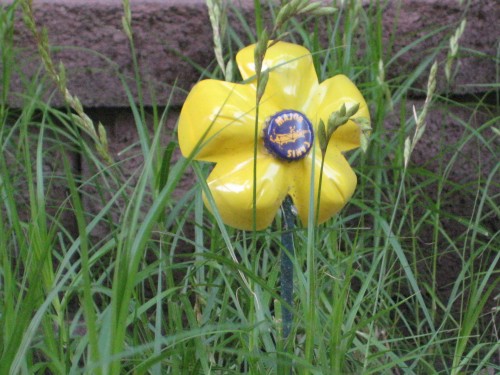
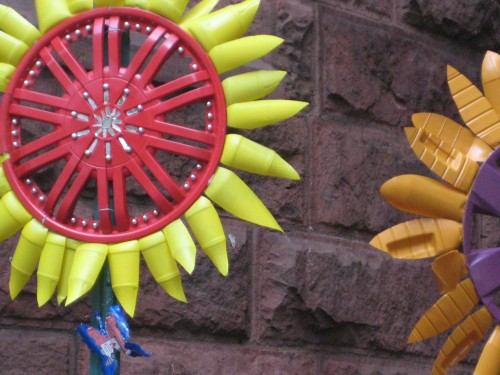
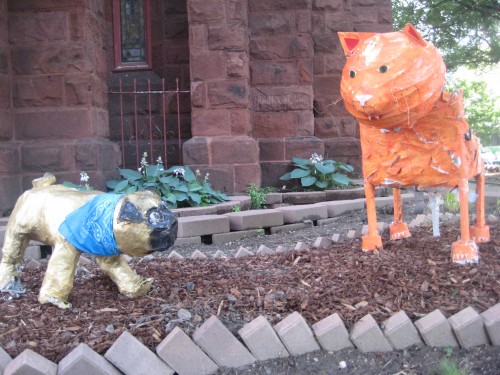
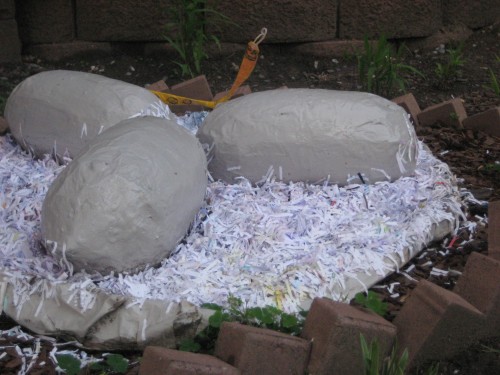
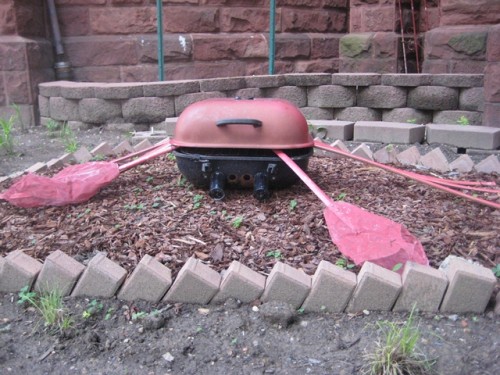
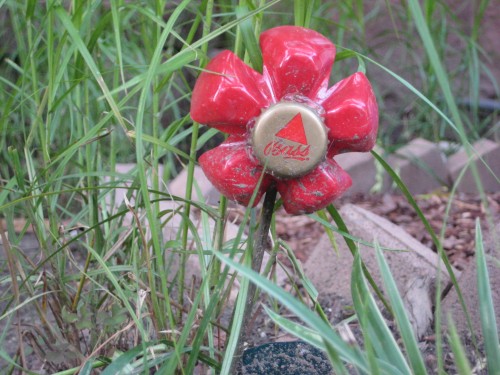
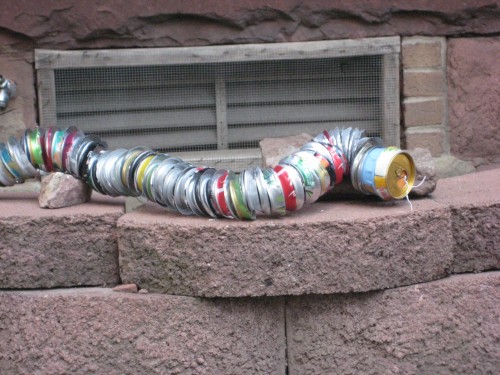
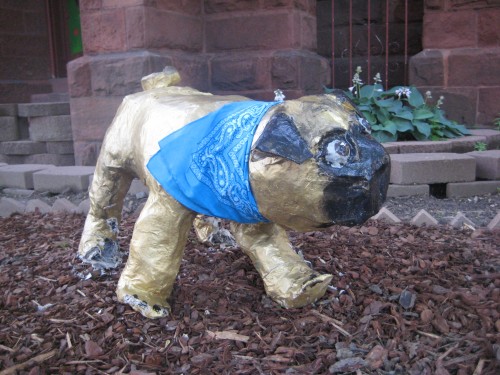
Thanks for writing this up – I was wondering what was going on there.
i love that you wrote a post on this! i’ve walked by it a few times on my way home and it definitely makes me smile every time. i was also wondering if there was a story.
Pingback: vtravelled Weekly Round-Up week commencing 23rd May 2011 | vtravelled Blog
This garden is a great find! I love the accompanying vivid photographs and well written article as well!